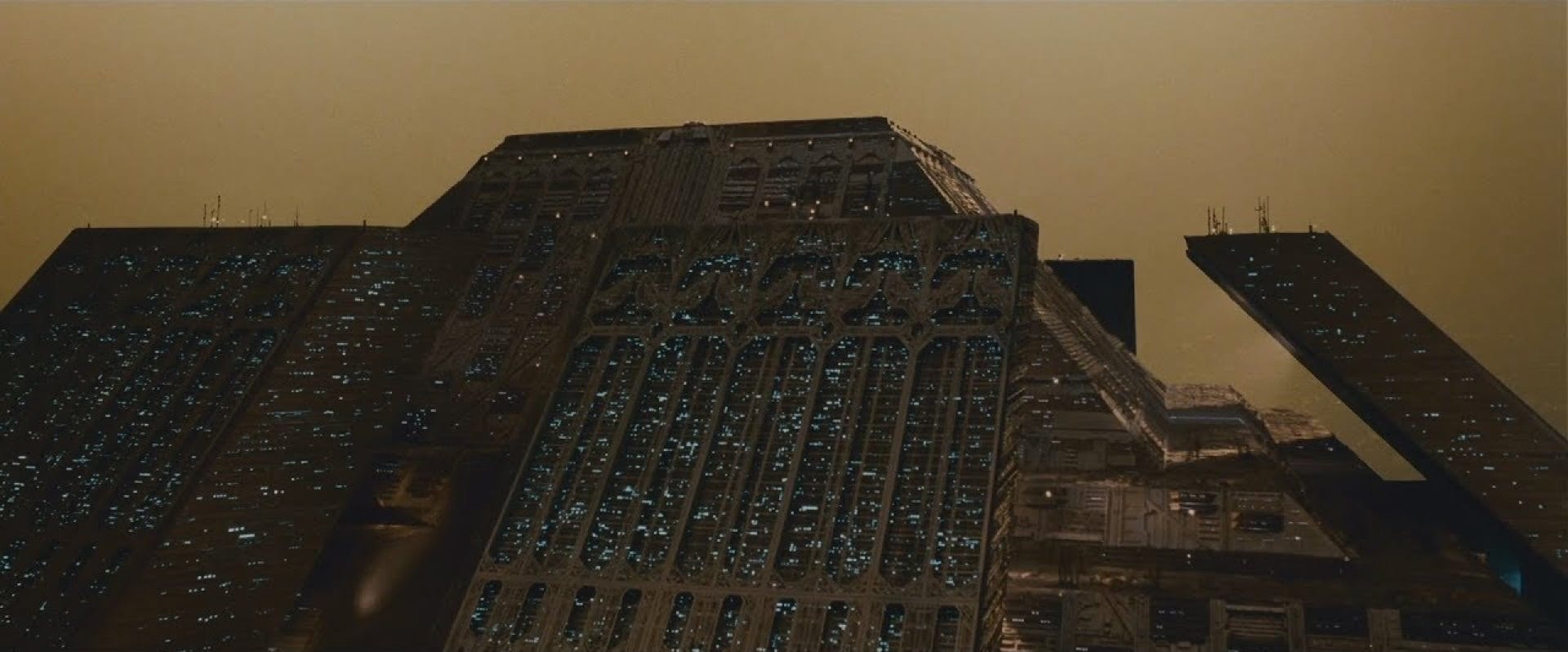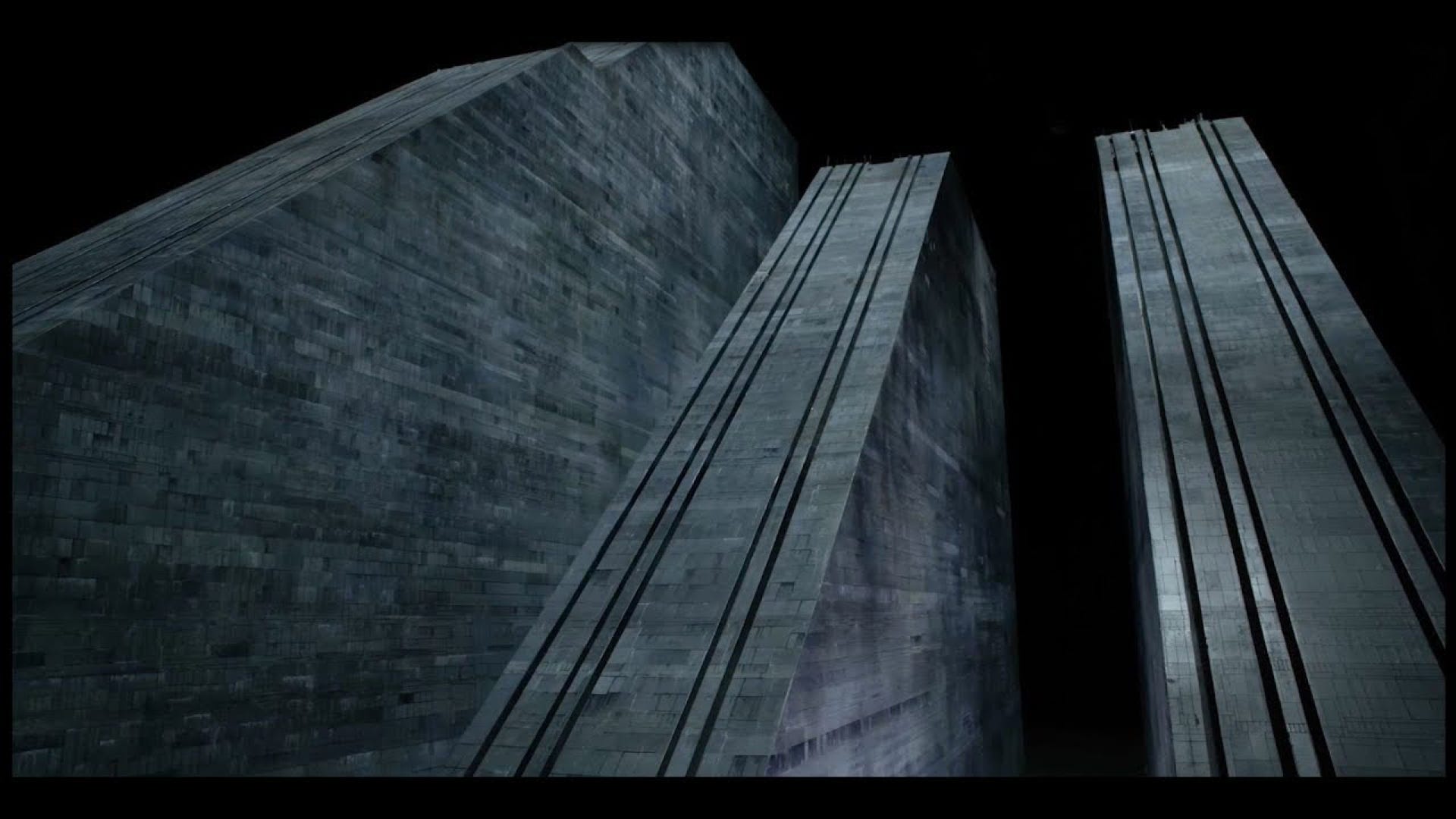The creativity of author, designer, broadcaster Ben Arogundade
Architecture & Sci-Fi Films: What Blade Runner’s Buildings Got Wrong About Los Angeles 2019
THE ARCHITECTURE OF THE FILM ‘Blade Runner’, Ridley Scott’s 1982 sci-fi classic, portrayed a Los Angeles dominated by gigantic buildings and sloping megastructures. But the urban reality of LA in 2019 is somewhat different. By Ben Arogundade. December. 13, 2019.

ARCHITECTURE & FILM: Blade Runner’s sloping, pyramid-style buildings are dramatic and imposing, but bear no resemblance to Los Angeles in 2019, which is when the film is set.
FILM DIRECTOR RIDLEY SCOTT’S 1982 futuristic sci-fi classic, Blade Runner, was set in Los Angeles in the year 2019. It profiled a dystopian world beset with advanced and also malevolent technology, including fully functioning bio-engineered robots cast in human form, called ‘replicants’. Now that 2019 has finally come, we can see that many aspects of Blade Runner’s vision of the future have not quite happened. One of them concerns the film’s predictions about architecture in 2019.
FUTURE BUILDINGS
The movie takes its architectural cues from a diverse array of sources, including Fritz Lang’s ‘Metropolis’, Richard Rogers Pompidou Centre, Archigram’s Peter Cook, the World Trade Centre towers and the pyramids of ancient Egypt. Exciting as this combination is, the Blade Runner film’s vision of the future of buildings does not compare to the reality of urban Los Angeles in the real 2019. The buildings act as exaggerated maquettes of a harsher urban world than the one we actually occupy.
SAME BUILDINGS 2019
In fact, with very few exceptions, the architecture of 2019 looks very much like it did forty years ago, when the film was first released. Middle class suburbs still consist of low rise, detached, quaint houses, and not the sloping-edged, pyramid-like monoliths depicted in the film, which sprawl across multiple city blocks. In the film, the gigantism of Blade Runner’s architecture was a response to overcrowding and land shortages, which is indeed a modern day reality, and the film’s solution — extremely tall, imposing buildings — is an extrapolation of urban planning trends that have been happening for decades. Blade Runner’s industrial-style architecture is so tall that it is faster to access its upper floors using the film’s flying cars rather than via roads and elevators.
ARCHITECTURE AND FILM
The texture and density of the film’s architectural landscape is created by making use of Los Angeles historic buildings for a number of its key scenes, such as The Yukon Hotel and the Bradbury Building, which are presented as rundown anachronisms of a past era. These old, less imposing edifices are juxtaposed against the towering steel and glass structures which dominate the skyline, just as they are now within urban planning. ‘Blade Runner’ got this detail right, as it did in its focus on the sense of isolation people feel within these high-rise edifices, and the widening gulf between rich and poor as depicted by many of the film’s supporting characters.

BLADE RUNNER BUILDINGS: Sci-fi films regularly misjudge the architecture of the future. While technology consistently yields new devices and inventions, the buildings in which we live and work, mostly stay the same.
FROM THE ARCHIVE: BLADE RUNNER 2019 TRAILER
More About Hollywood Film
© Arogundade, London Town 2025: Registered Office: 85 Great Portland Street, First Floor, London W1W 7LT
